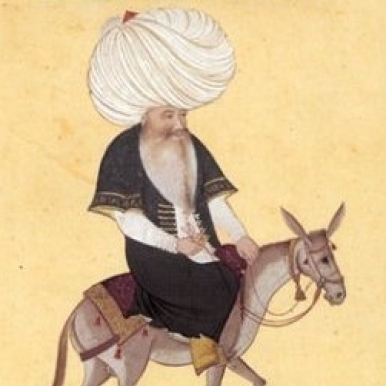
Reinterpreting myths and folklores has been an essential literary strategy throughout history. This section will look at similar historical exploration of revisionist mythologies in Iran and Transcaucasia. How Iranian and Azerbaijani writers, poets, and artists constructed a tolerant anti-colonial, social democratic, and reformist religious discourse about regional politics and culture that impacted the thinking of generations of Muslims.
"Mollā Nasreddin and the creative Cauldron of Transcaucasia." Article co-authored with Kamran Afary. British Journal of Middle Eastern Studies, September 2019. Link
"The Rhetoric and Performance of the Trickster Nasreddin," an article co-authored with Kamran Afary, was published in Iran Namag 2: 1 in Spring 2017. Link
Charand-o Parand (Stuff and Nonsense)
A classic of Modern Persian literature, originally a series of newspaper columns written by scholar and satirist Ali-Akbar Dehkhoda (1906–11), the pieces poke fun at mullahs, the shah, and the old religious and political order during the Constitutional Revolution in Iran (1906–11). Translated by myself and John R. Perry, and published by Yale University Press in 2016. More
